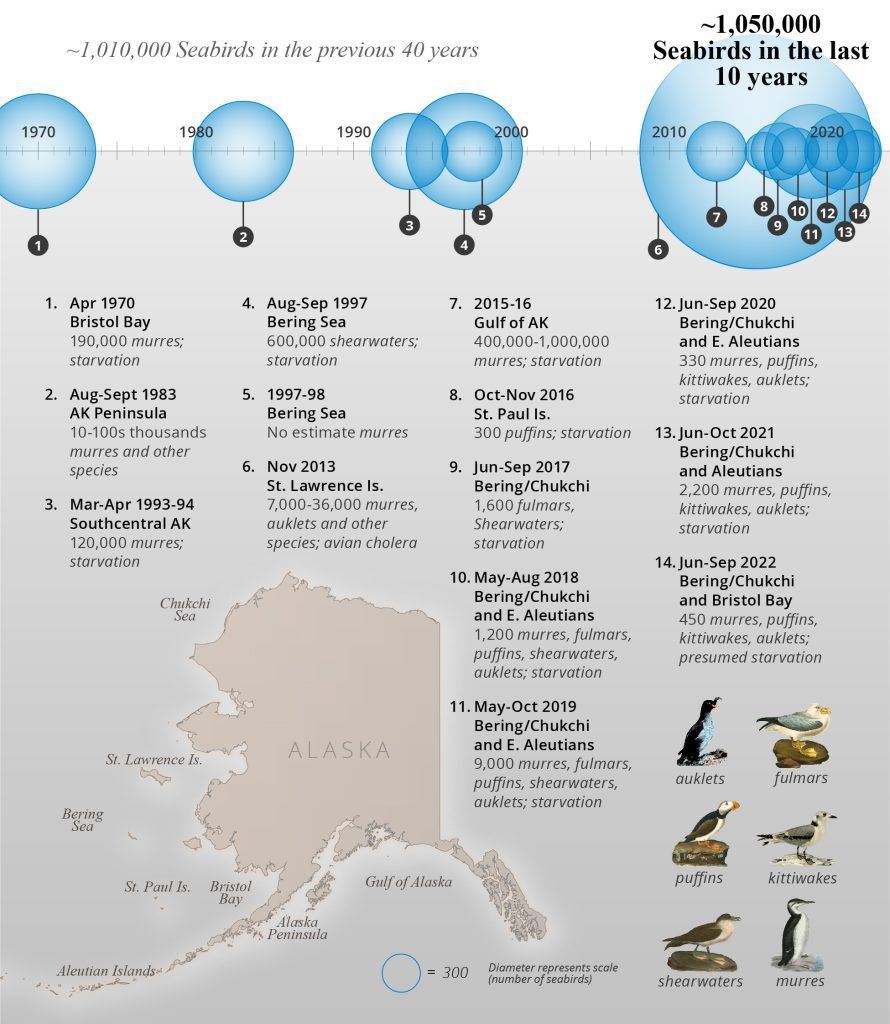Nunaaqqit Savaqatigivlugich: Working With Communities to Observe the Arctic
DOI: 10.25923/2sx6-kx89 R. T. Glenn-Borade1,2, B. Adams3, R. Schaeffer4, C. SimsKayotuk5, G. Omnik6, J. M. Leavitt3, and D. D. W. Hauser1,2 1International Arctic Research Center, University of Alaska Fairbanks, Fairbanks, AK, USA 2Alaska Arctic Observatory and Knowledge Hub, Fairbanks, AK, USA 3Alaska Arctic Observatory and Knowledge Hub, Utqiaġvik, AK, USA 4Alaska Arctic Observatory and Knowledge […]
Nunaaqqit Savaqatigivlugich: Working With Communities to Observe the Arctic Read More »






